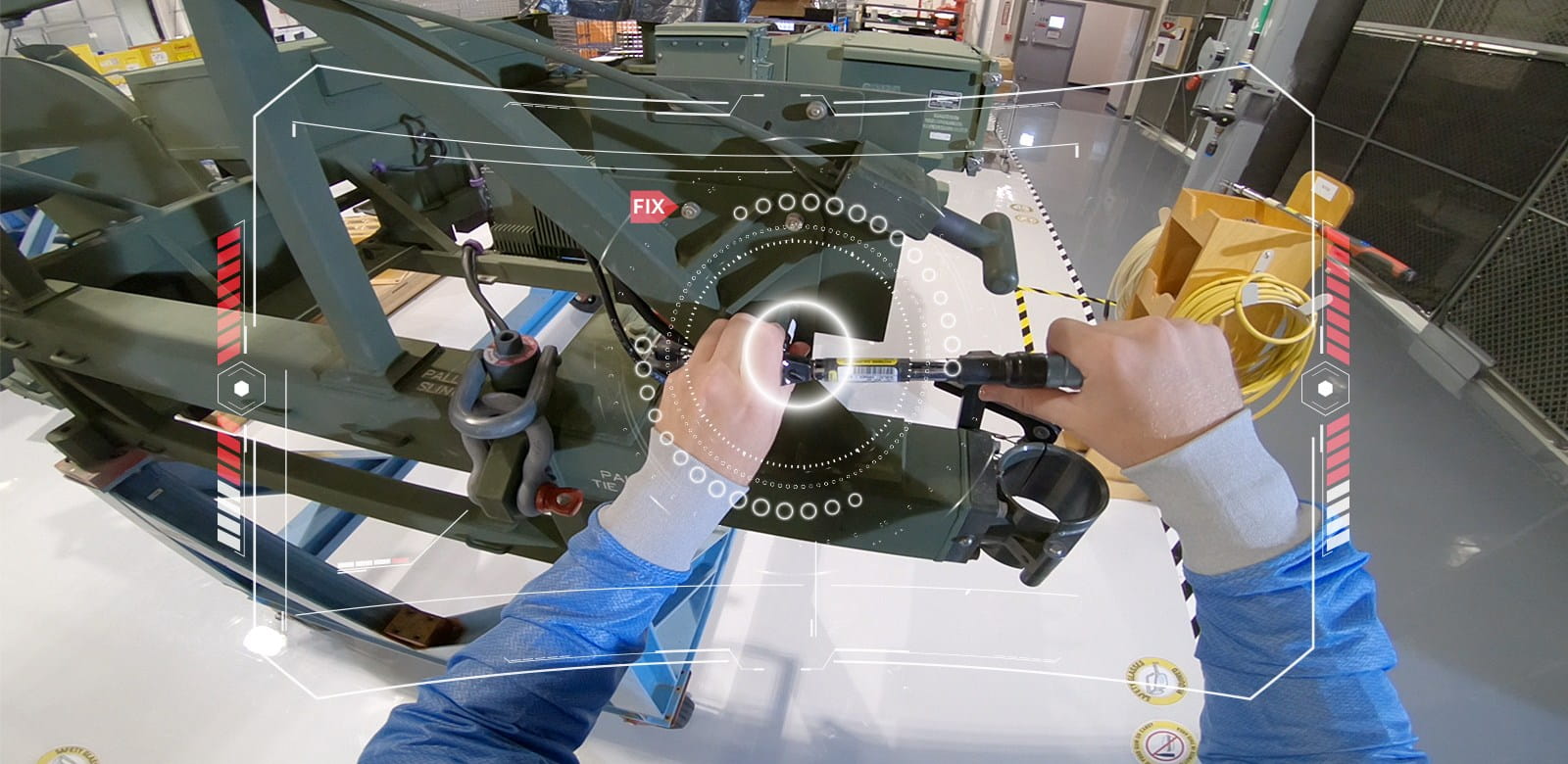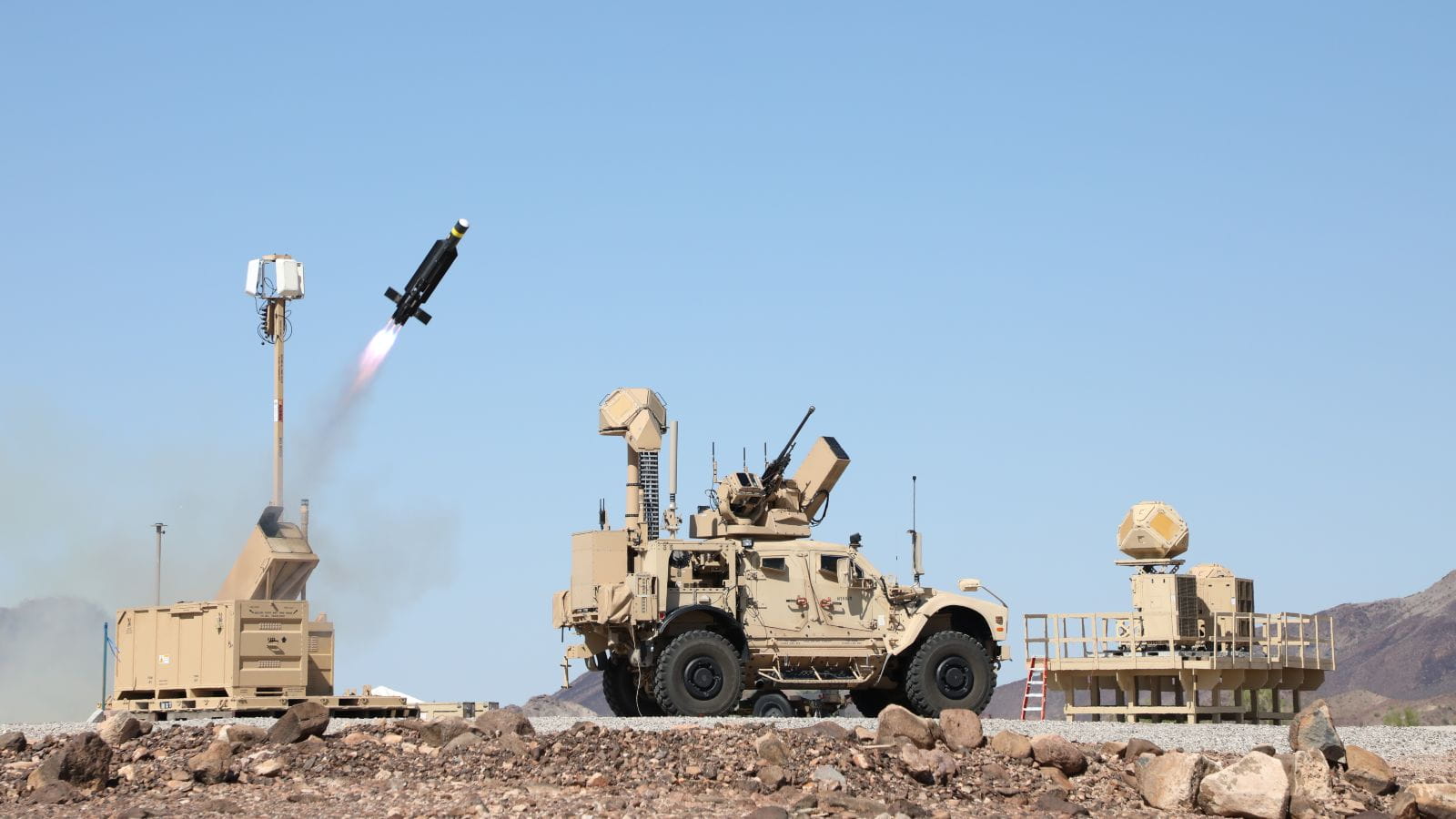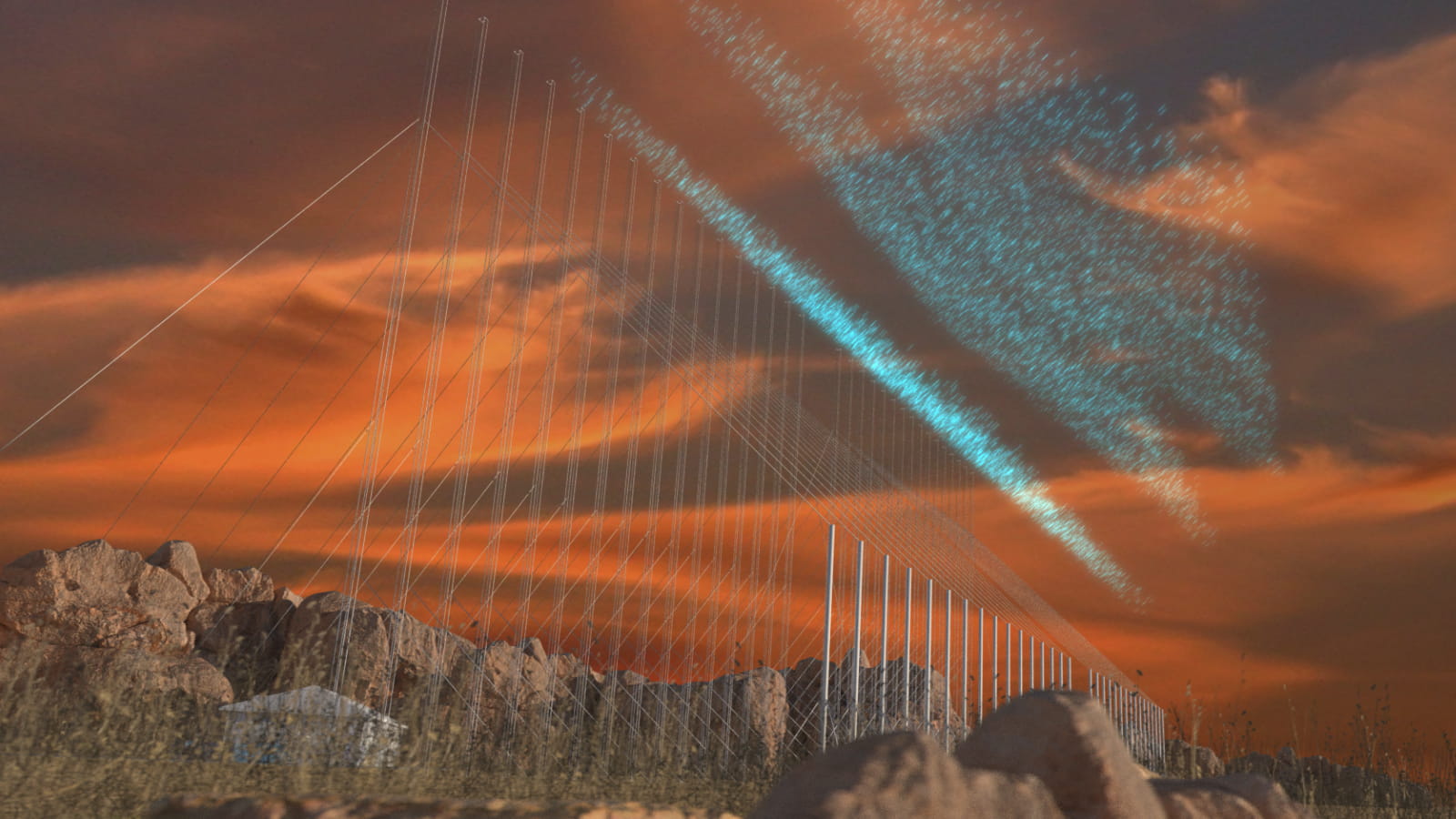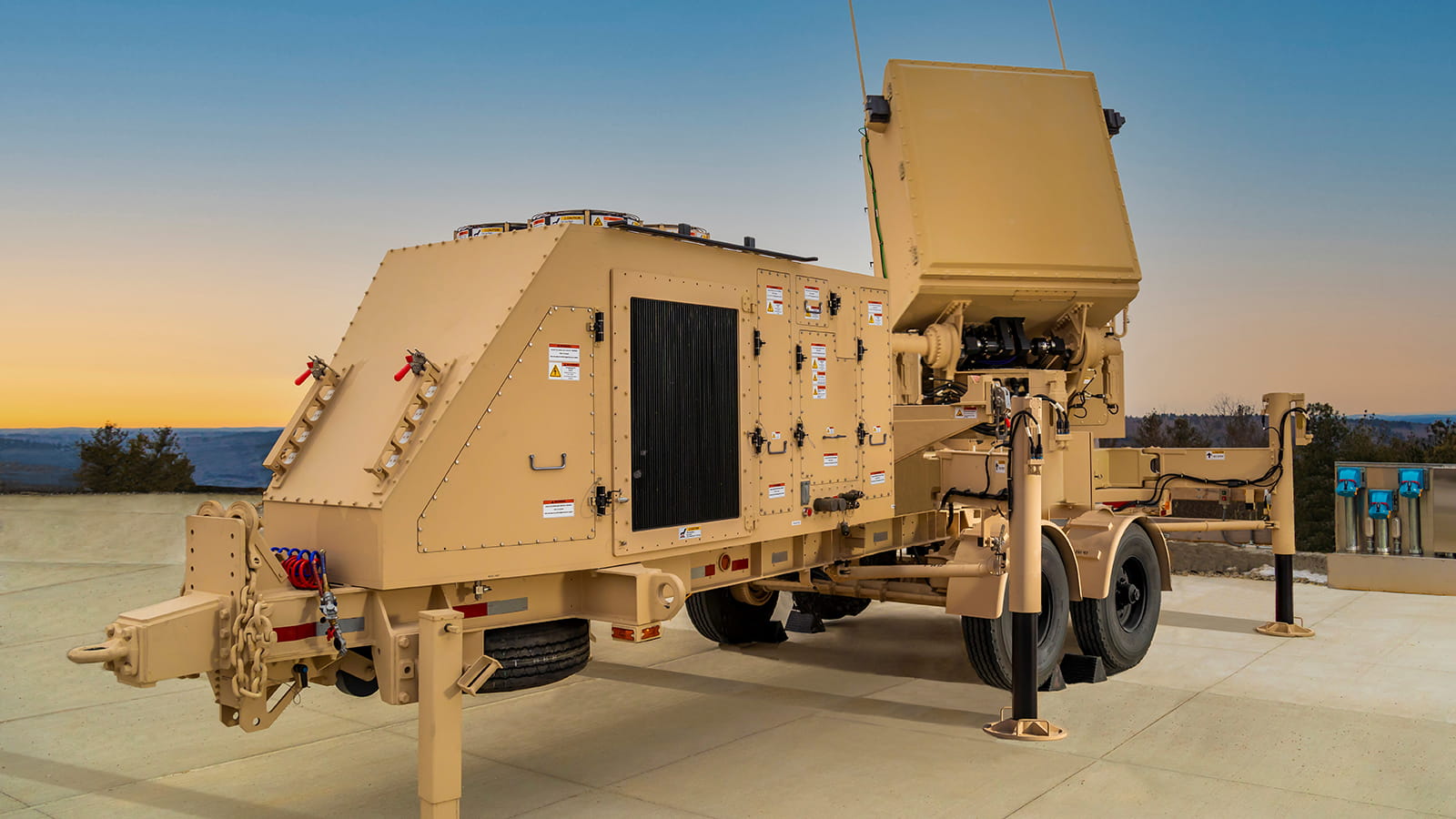A Navy ready to fight tonight
VirtualWorx remote collaboration tool uses augmented reality to accelerate military repairs
On a U.S. Navy ship, it takes a lot to be mission-ready.
The ship has to be equipped with advanced radars, weapons and other systems to face whatever threat may come. The crew has to be trained to operate them. And all has to be ready to go at a moment's notice.
But what happens when you're at sea and in need of repairs? The VirtualWorx® augmented reality system, co-developed by Raytheon, gives crewmembers real-time, over-the-shoulder help in diagnosing and repairing complex systems – and in turn, keeping the fleet ready to act quickly.
"The Navy is looking forward to deploying remote technical assistance and augmented reality capabilities to the fleet as soon as possible," said Robert Stukes, chief logistician of the Program Executive Office for the U.S. Navy's Integrated Warfare Systems.
Commercially available systems perform a similar function, but the VirtualWorx remote collaboration tool has two main advantages that make it well suited for military use: It delivers secure, rich, high-definition information, and it works in environments where bandwidth is low.
"Our system was designed so that it consumes the least amount of bandwidth it needs, which is critical on a ship or other operational (or contested) environments due to the limited bandwidth available," said John Cogliandro, an engineering fellow at Raytheon, an RTX business.

Artist rendering of a VirtualWorx® collaboration system that uses augmented reality to help military personnel make repairs remotely
In a test of that ability at the Point Hueneme Sea Range in California, an expert from Raytheon used a tablet computer to show a technician aboard a decommissioned Navy destroyer how to fix an electrohydraulic valve. The expert provided guidance via audio, video, telestration (similar to how sports announcers draw circles and arrows on a replay) and high-definition screenshots, and the data reached the ship through the Navy's secure satellite communication network.
"Our team demonstrated that even at low bandwidth, the system provides incredible pictures, telestration and instructional audio," said Cogliandro, who led the ship-to-shore test. "As you go from low to medium to high bandwidth, it simply gets better."
At its top resolution setting, it still consumes significantly less bandwidth than comparable systems, while delivering advanced AI-enabled augmented reality collaboration, Cogliandro said.
"The VirtualWorx [augmented reality system] demonstration on SDTS (U.S. Navy Self Defense Test Ship) was a huge success," Stukes said.
Putting the mission first
The VirtualWorx augmented reality system allows experts anywhere in the world to help military operators make repairs and perform maintenance on demand. Among its advantages:
- It is adaptable for use by all the military services.
- It tested successfully on the U.S. Navy's secure satellite communication network.
- It reduces the need for civilian technicians to deploy in person on ships.
- It offers instant translation in many languages.
"It's a massive game changer in the area of responsiveness because it can improve availability of deployed equipment," Cogliandro said. "There's less downtime as it significantly reduces the time to diagnose, troubleshoot and resolve issues. Bottom line – it reduces risk."
The VirtualWorx system is platform- and service-agnostic, and its low bandwidth requirements mean it can be deployed around the globe.
"It puts the power of experts on the ground, in the air or at sea anytime, anywhere in the world," said Jennifer Pueschner, who leads Requirements and Capabilities for the VirtualWorx augmented reality system at Raytheon.
Military personnel are provided VirtualWorx system goggles or tablets that use commercial, open architecture, but operate in a cyber-hardened network, leveraging secure two-way audio and video. The business also has U.S. and international patents on technology that add layers of protection.
"The secure viewing module does not capture or transmit what isn't being focused on, so it can be used in a classified environment," Pueschner said.
And it offers efficiencies. Having three or more people simultaneously on video working together to diagnose and troubleshoot a complex system yields a faster repair.
"We call it the collaboration effect," Cogliandro said. "Their ideas play off each other to get to the root cause."
In use around the globe, the VirtualWorx system includes instant language translation on an unclassified cloud-based version, offering allies an efficient, seamless multilingual technology.
"That's valuable because they're hearing it real-time in their native tongue," Pueschner said.
Raytheon has experience integrating systems across RTX, international partners and industry, which brings innovative tools like the VirtualWorx augmented reality system to the battlefield with more speed and less cost.
The U.S. Navy is looking at using the system with its latest technologies such as the SPY-6 radar, which will be added to every new surface ship in its fleet.




